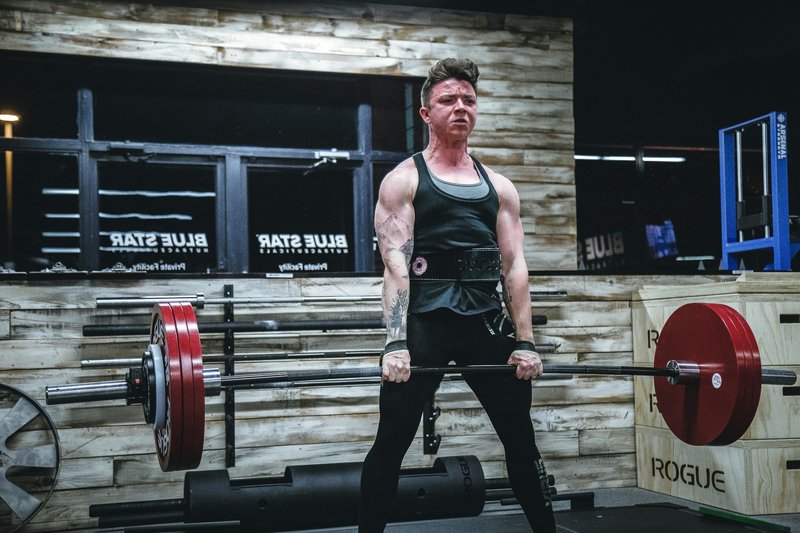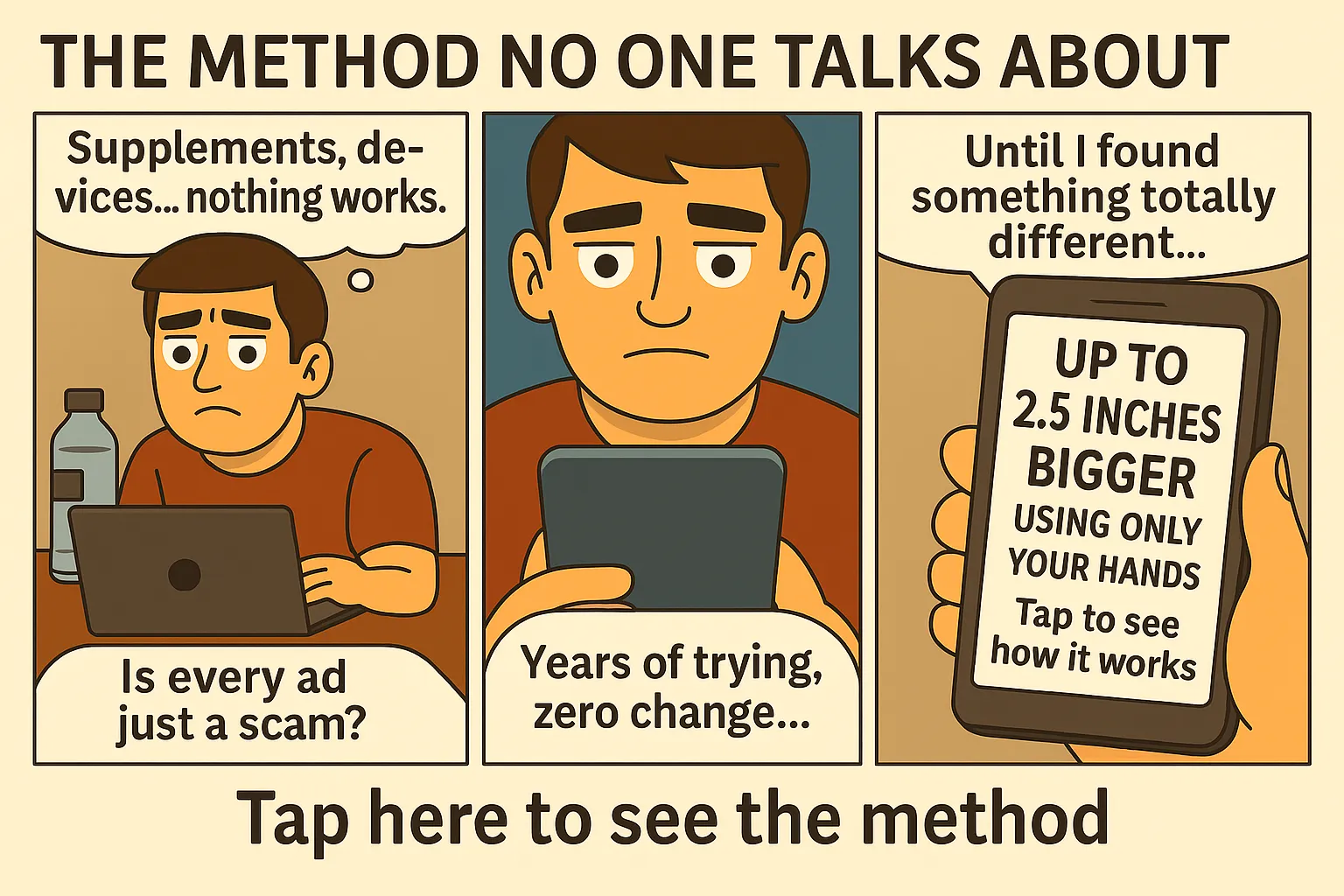Why Your Grind Might Be Wrecking Your Hormones (And How to Fix It)
Most men believe that pushing harder in the gym equals more gains, better results, and stronger masculinity. But what if your relentless workouts are actually <strongdestroying strong=”” testosterone? Yes, it’s possible. And the science backs it up.
Welcome to the truth behind the overtraining testosterone drop—a condition where your well-intentioned hustle starts breaking you down instead of building you up. Whether you’re an athlete, a gym rat, or just a man on a mission, this guide will show you how to train hard without compromising your hormones.
What is Overtraining?
Overtraining is not just working out every day—it’s working out in a way that your body can’t recover from. When recovery time is insufficient, stress hormones like cortisol stay elevated, your central nervous system becomes fatigued, and testosterone production plummets.
Signs You’re Overtraining
- Decreased strength or performance despite effort
- Persistent fatigue and lack of motivation
- Sleep disturbances or poor quality sleep
- Low libido and morning wood disappearing
- Increased irritability, anxiety, or brain fog
- Frequent illness or slow recovery from workouts
How Overtraining Crushes Testosterone
Testosterone and cortisol exist in balance. When cortisol (the stress hormone) stays chronically high, testosterone drops. Overtraining raises cortisol through physical stress, under-recovery, and nutrient depletion. Combined, these factors crush your T levels.
The Physiological Effects:
- Lowered luteinizing hormone (LH), the signal for testosterone production
- Reduced DHEA and growth hormone
- Increased oxidative stress and inflammation
- Suppressed libido and poor sleep quality
The “More Is Better” Myth
Working out more isn’t always better. In fact, too much training without proper rest leads to plateau, burnout, or even hormonal collapse. Smart training includes hard work, yes—but it also requires intelligent rest.
How to Balance Training and Hormones
1. Prioritize Recovery Like It’s Part of Training
Muscles grow and hormones recover during rest, not during the workout. Recovery practices include quality sleep, active rest days, sauna, mobility work, and even mindfulness practices to lower cortisol.
2. Limit Intense Workouts to 3–4x Weekly
You don’t need to kill yourself in the gym every day. For hormone health, strength training three to four times per week with progressive overload is ideal. Avoid marathon sessions that drain your CNS.
3. Respect Sleep or Suffer the Drop
Most testosterone is produced during deep REM sleep. Sacrificing sleep for early workouts or late-night hustle will backfire. Aim for 7.5–9 hours of uninterrupted sleep. No excuses.
4. Use Deload Weeks and Listen to Your Body
If your performance is slipping or your libido vanishes, your body is talking. Don’t ignore it. Deloading every 6–8 weeks allows your system to reset. This actually boosts long-term gains and testosterone output.
Best Training Styles for Testosterone
- Compound lifts: Squats, deadlifts, bench press, rows
- Explosive movements: Sprints, jumps, kettlebell swings
- Short, intense sessions: 30–50 minutes max
- Rest between sets: 60–120 seconds for hormonal recovery
Dangerous Signs You Must Back Off
If you’re experiencing any of the following, take 3–7 days off training and focus on recovery:
- Zero motivation to train
- Worsening sleep even after training less
- Sexual performance decreasing
- Craving junk food and caffeine constantly
- Elevated resting heart rate and poor HRV
Conclusion: Protect Your Testosterone by Training Smarter
Your goal is to be strong, lean, and driven—not broken, burned out, and hormonally wrecked. Understanding the overtraining testosterone drop gives you the power to course-correct. Listen to your body, train with purpose, and recover with intention.
Want to reset your hormones and rebuild smarter? Access the natural male optimization method now.
Case Study: How Overtraining Almost Ruined One Man’s Testosterone
Jake, 35, was hitting the gym six days a week, doing double sessions, and tracking every macro. Yet, he was always exhausted, his sex drive disappeared, and he started gaining fat despite training harder than ever. Blood tests revealed his total testosterone had dropped to 280 ng/dL—clinically low. The cause? Chronic overtraining and sleep deprivation.
After reducing his training volume, prioritizing sleep, adding meditation and optimizing recovery nutrition, Jake’s testosterone rebounded to 580 ng/dL in 90 days—no drugs needed.
The Role of Nutrition in Recovery and T Production
Overtraining depletes vital nutrients needed for hormone production. Zinc, magnesium, vitamin D, cholesterol, and healthy fats all play a role in synthesizing testosterone. If you train hard but eat poorly, your hormones will suffer.
Testosterone-Boosting Recovery Foods:
- Pasture-raised eggs
- Beef liver
- Avocados and olives
- Wild-caught salmon
- Bone broth and collagen
Supplements That Can Help Reverse the Drop
If you’re showing signs of overtraining, certain supplements can accelerate recovery:
- Magnesium: Supports sleep, muscle repair, and testosterone regulation
- Zinc: Essential for T production and immune function
- Ashwagandha: Reduces cortisol, supports strength and libido
- Vitamin D3 + K2: Supports mood, bone strength, and testosterone
- Adaptogens: Rhodiola, ginseng, maca for hormonal resilience
Training Alternatives When You’re Burned Out
If you’re recovering from overtraining, replace heavy lifting with:
- Walking (especially fasted morning walks)
- Mobility and flexibility training
- Breathwork, cold exposure, sauna sessions
- Low-impact cardio like rucking or incline walks
Why Most Fitness Influencers Won’t Talk About This
The “no days off” mindset is glorified on social media, but it’s dangerous for long-term health. Real strength isn’t just about effort—it’s about strategy. The men who stay strong, lean, and energetic into their 40s and 50s are the ones who know when to push—and when to rest.
Overtraining vs. Discipline: Know the Difference
Discipline means showing up, but it also means respecting your body. Overtraining is not the badge of honor you think it is. If your libido, sleep, and performance are suffering, more grind won’t fix it. Smarter, not harder, is the path forward.
Pairing Recovery with Testosterone Support Herbs
To accelerate your recovery and rebalance hormones, combine smarter training with testosterone support herbs like Tongkat Ali and Ashwagandha. These herbs lower cortisol, boost libido, and aid resilience when your system has taken a hit.
Don’t Ignore the Warning Signs
If your body is showing red flags, the worst thing you can do is ignore them. Hormonal collapse from overtraining can take months to fix. It’s not weakness—it’s wisdom to adjust your approach early and recover like a champion.
Check out our full article on the hormone balance lifestyle to build your recovery plan the right way.
Final Takeaway: More Muscle, More T — If You Recover
Strength and testosterone are linked—but only if you recover properly. Train with intensity, rest like a pro, fuel your body, and support your hormones. That’s the formula for lasting male vitality.
How to Prevent Overtraining Before It Starts
Prevention is the smartest way to avoid hormonal crashes. Use these strategies:
- Track HRV (Heart Rate Variability): Use wearables like Whoop or Oura Ring to monitor recovery
- Cycle your training: Alternate between intensity, volume, and recovery phases every 4–6 weeks
- Test hormone levels quarterly: Keep tabs on total and free testosterone, cortisol, and DHEA
- Prioritize mental recovery: Meditation, nature, and purpose-driven goals reduce cortisol long-term
The Role of Periodization in Hormonal Health
Periodization isn’t just for athletes—it’s for men who want to stay dominant. Strategic planning of training cycles (intensity vs recovery weeks) reduces injury risk, avoids burnout, and keeps hormones in an optimal state.
Example Cycle:
- Weeks 1–3: Strength focus (3–4x/week)
- Week 4: Deload (mobility, walking, sauna)
- Weeks 5–8: Hypertrophy + power focus
- Week 9: Active recovery + hormone focus
Signs of Hormonal Recovery
As you reduce overtraining and support testosterone, you’ll notice:
- Restored morning erections
- Increased motivation and mood
- Stronger gym performance with less effort
- Deeper sleep and vivid dreams
- Higher libido and sexual confidence
What to Do If You’ve Hit Rock Bottom
If you suspect you’ve overtrained for months or years, it’s time for a reset. Consider taking a full week off training, getting blood work, and building from the ground up with a hormone-optimized approach. Fix sleep, eat strategically, use adaptogens, and slowly rebuild with smart, progressive training.
For a complete guide on recovery-focused hormone dominance, access the natural method here.
Bonus: The Overtraining Recovery Checklist
Use this list weekly to ensure you’re staying hormonally optimized:
- ✅ Slept 7.5+ hours most nights this week
- ✅ Took at least 2 full rest or active recovery days
- ✅ Ate nutrient-dense meals with fat, protein, and micronutrients
- ✅ Managed stress through meditation, cold, or sauna
- ✅ Had 3+ morning erections this week
- ✅ Strength in key lifts is trending up, not down
If 3 or more of these boxes go unchecked consistently, you’re at risk. Adjust volume, recover, and support your hormones now—before symptoms worsen.
💥 Frequently Asked Questions About Overtraining & Testosterone
Can I lose testosterone from working out too much?
Yes. If your workouts are too intense or too frequent without recovery, cortisol rises and testosterone plummets. This can impact mood, libido, and muscle growth.
How long should I rest to recover testosterone after burnout?
Most men need 1–2 weeks of deload or full rest. Severe cases may need up to 6 weeks with support from adaptogens, sleep, nutrition, and testosterone-friendly routines.
📉 Performance vs. Recovery Table
| Training Habit | Testosterone Impact | Recommended Fix |
|---|---|---|
| Daily HIIT + No Rest | ⬇️ Cortisol spikes, T drops | Deload + 3x/week strength |
| Sleeping < 6 hrs | ❌ Low REM, no T production | Sleep 7.5–9 hrs in darkness |
| Never taking a week off | 🧠 CNS fatigue, low libido | Every 6–8 weeks: rest week |
| Training sick or inflamed | 🔥 Inflammation crushes recovery | Use sauna, cold, and adaptogens |









